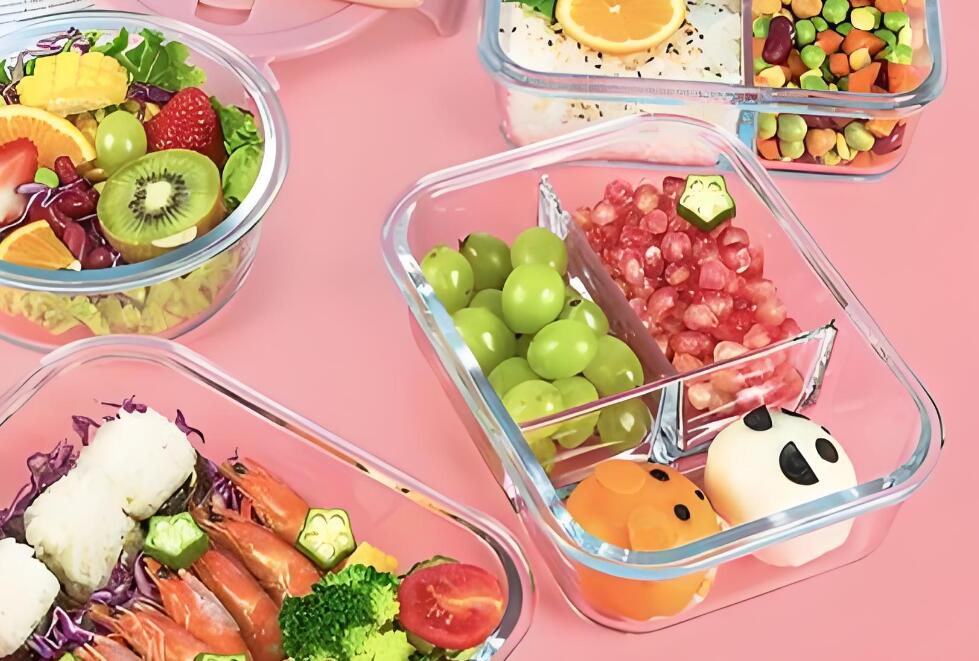When it comes to food storage, the right containers can make all the difference. Not only do they keep your food fresh, but they also help you stay organized and reduce waste. At Huangyan Plastic, we specialize in high-quality food storage containers designed to meet your everyday needs. In this article, we’ll share some essential tips on how to store food storage containers effectively, ensuring they last longer and perform better.

1. Choose the Right Material for Your Needs
The first step in proper food storage is selecting the right container material. At Huangyan Plastic, we offer a wide range of options, including:
- Plastic Containers: Lightweight, durable, and perfect for everyday use.
- Glass Containers: Ideal for microwave use and resistant to stains.
- Silicone Containers: Flexible and great for freezing.
Each material has its unique benefits, so choose based on your storage needs, whether it’s for leftovers, meal prep, or long-term freezing.
2. Organize by Size and Shape
To maximize space in your pantry or fridge, organize your containers by size and shape. Nest smaller containers inside larger ones to save space, and stack lids vertically in a separate organizer. This not only keeps your kitchen tidy but also makes it easier to find the right container when you need it.
3. Label Everything
Labeling your containers is a game-changer for organization. Use waterproof labels to mark the contents and date of storage. This is especially helpful for meal prep or when storing items in the freezer. At Huangyan Plastic, we offer customizable containers that make labeling a breeze.
4. Keep Lids and Containers Together
One of the most common frustrations with food storage containers is losing lids. To avoid this, store lids and containers together. Consider using a lid organizer or a dedicated drawer for lids. Our containers at Huangyan Plastic come with secure, matching lids to ensure you never lose them.
5. Clean and Dry Thoroughly Before Storing
Before storing your containers, make sure they are completely clean and dry. Moisture can lead to mold or unpleasant odors. For plastic containers, avoid using harsh chemicals that can damage the material. Instead, opt for mild dish soap and warm water.
6. Store in a Cool, Dry Place
Heat and humidity can warp plastic containers over time. Store your food storage containers in a cool, dry place, away from direct sunlight. This will help maintain their shape and functionality for years to come.
7. Invest in High-Quality Containers
Not all food storage containers are created equal. At Huangyan Plastic, we pride ourselves on offering durable, BPA-free containers that are built to last. Investing in high-quality containers may cost a bit more upfront, but it will save you money in the long run by reducing the need for frequent replacements.
8. Rotate Your Stock
If you use your containers for meal prep or bulk storage, make sure to rotate your stock regularly. Use the “first in, first out” principle to ensure that older items are used before newer ones. This helps prevent food waste and keeps your storage system efficient.
Why Choose Huangyan Plastic?
At Huangyan Plastic, we understand the importance of reliable food storage solutions. Our containers are designed with your needs in mind, offering durability, versatility, and style. Whether you’re storing leftovers, packing lunches, or organizing your pantry, our products are the perfect choice.
Final Thoughts
Properly storing your food storage containers not only extends their lifespan but also makes your kitchen more efficient. By following these tips, you can keep your containers in top condition and enjoy the benefits of organized, waste-free food storage.
Ready to upgrade your food storage game? Explore our collection at [www.huangyanplastic.com](http://www.huangyanplastic.com) and find the perfect containers for your needs.